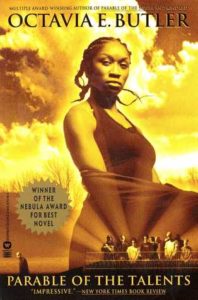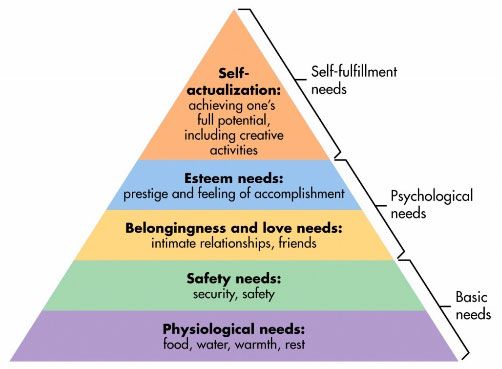The idea of people as shelter was brought up by my group after our walks outside the other week, and after finishing Parable of the Sower I thought I’d share my own experience in relation to what we’ve read in the novel. Throughout the book characters seek shelter among people when suitable shelter is not accessible. The neighborhood that the Olamina family lives in serves as a physical shelter, but when this neighborhood is destroyed it is the less tangible neighborly bond that allows Lauren to feel comfortable seeking shelter with Zahra and Harry.
In the absence of buildings for shelter, I initially found myself seeking shade on my walk. I noticed an older man sitting on a bench under the small tree and clock pole by Erwin. In an effort to not “out” him, I will just say that his shirt had a phrase that I interpreted as being potentially threatening to my identity as a gay woman. What could have been a good spot for shelter, immediately made me feel uneasy. I held this fear that there would be some confrontation with this person should I take the seat next to him, and thus the space then felt inaccessible. Through this search for acceptable shelter and being confronted by this experience, I thought that I must decide who provides safety and who does not, or be alone and potentially vulnerable.
Quick content warning here: I talk about the politics of “passing” in this post.


